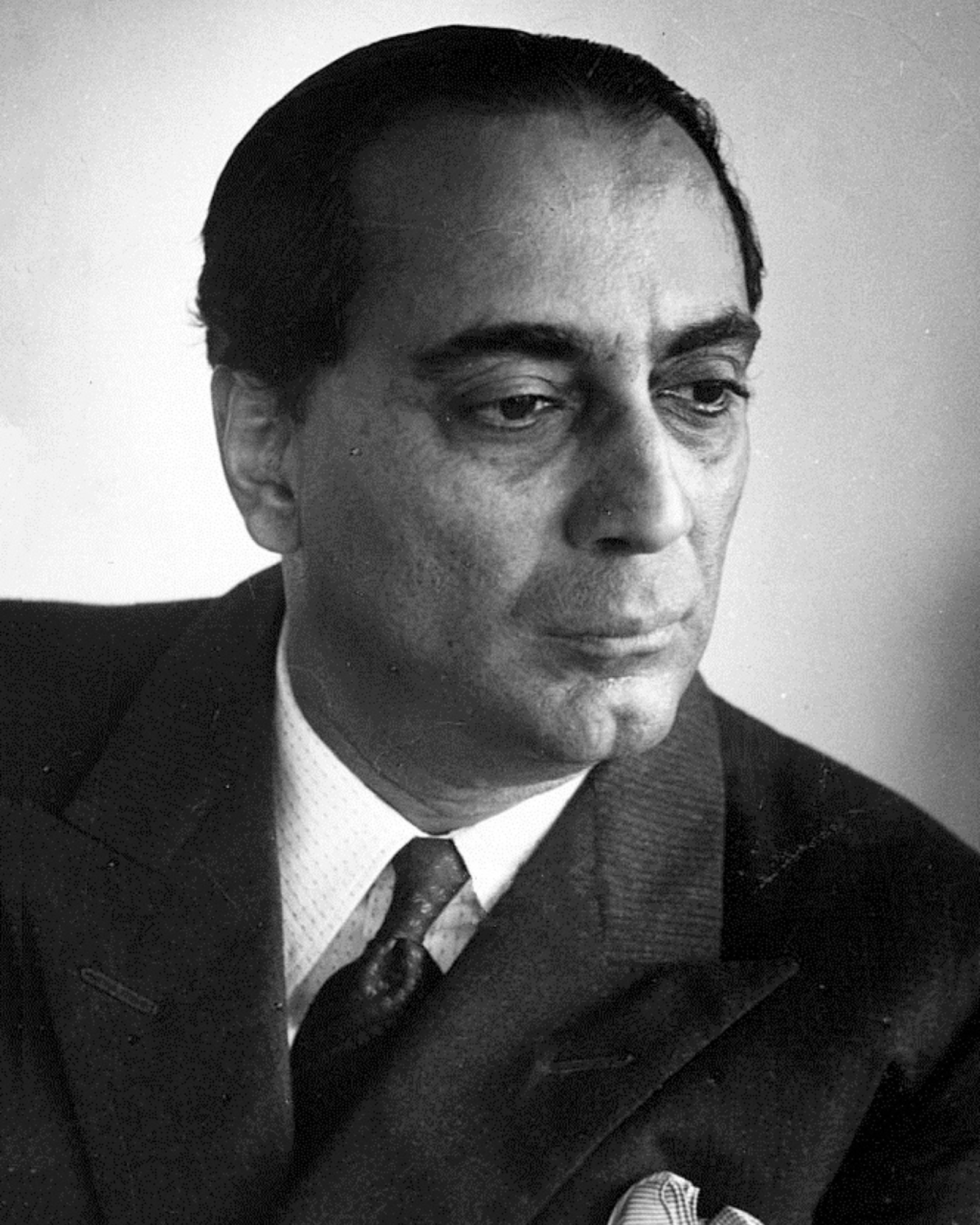Homi Bhabha: The Father of India’s Nuclear Program and a visionary leader in Science

Dr. Homi Jehangir Bhabha, often hailed as the “Father of the Indian Nuclear Program,” was a visionary physicist and an extraordinary leader who played a pivotal role in shaping India’s scientific and technological landscape. Born on October 30, 1909, in a prominent Parsi family in Mumbai, Bhabha’s brilliance in science was evident from an early age. After pursuing higher studies in mechanical engineering and theoretical physics at Cambridge University, Bhabha developed a keen interest in quantum mechanics and nuclear physics.
His dedication to harnessing atomic energy for peaceful purposes led to the foundation of India’s nuclear program. With a visionary outlook, Bhabha not only paved the way for India’s self-reliance in nuclear science but also spearheaded efforts to make the country a global leader in research and development. This article delves into the life, contributions, and enduring legacy of Dr. Homi Bhabha.
Early Life and Education
Homi Bhabha was born into an affluent and educated Parsi family. After completing his schooling in Mumbai, he moved to Cambridge to study mechanical engineering. However, his passion for theoretical physics soon led him to change his field of study. While at Cambridge, Bhabha worked under the tutelage of renowned physicists like Paul Dirac and Niels Bohr, gaining expertise in quantum mechanics.
His groundbreaking research on cosmic rays and particle physics earned him global recognition. The “Bhabha Scattering,” a significant contribution to quantum electrodynamics, remains a cornerstone in physics.
Contributions to Indian Science
1. Establishing the Atomic Energy Program
In 1944, Bhabha wrote to Sir Dorabji Tata, outlining his vision for atomic energy research in India. His efforts led to the establishment of the Tata Institute of Fundamental Research (TIFR) in 1945, which became the nucleus of India’s scientific advancement.
Bhabha envisioned using nuclear energy for peaceful purposes, such as electricity generation, industrial development, and medical applications. To achieve this, he laid the foundation for the Atomic Energy Commission of India in 1948 and served as its first chairman.
2. Trombay Atomic Energy Establishment
Under Bhabha’s leadership, the Trombay Atomic Energy Establishment (now known as the Bhabha Atomic Research Centre, or BARC) was set up in 1954. This center became the hub for India’s nuclear research and development programs.
Bhabha was instrumental in ensuring that India developed indigenous technologies to achieve self-reliance in atomic energy. His foresight included plans for building nuclear reactors and utilizing India’s abundant thorium reserves.
3. Advocacy for Peaceful Nuclear Energy
Although Bhabha was a strong advocate for the peaceful use of nuclear energy, he also recognized the importance of nuclear deterrence. He firmly believed that India’s scientific advancements in this field would enhance its global standing and protect its sovereignty.
Key Scientific Contributions
Bhabha Scattering
Dr. Bhabha’s work on electron-positron scattering, known as “Bhabha Scattering,” is a fundamental concept in quantum electrodynamics. This discovery provided deeper insights into particle interactions and remains relevant in modern physics.
Cosmic Ray Research
Bhabha’s research on cosmic rays significantly advanced the understanding of high-energy particle interactions. His pioneering studies in this field earned him international acclaim.
Visionary Leadership
Bhabha was not only a scientist but also an institution builder. He emphasized interdisciplinary research and encouraged collaboration among scientists from various fields. He envisioned a self-reliant India that leveraged science and technology for progress and development.
His efforts extended beyond nuclear energy, as he actively promoted advancements in space technology, electronics, and industrial research.
Tragic End and Legacy
On January 24, 1966, Homi Bhabha’s life was tragically cut short when he died in a plane crash near Mont Blanc, France. His untimely demise left a void in the scientific community, but his legacy continues to inspire generations of scientists and technologists in India and beyond.
Bhabha’s contributions laid the foundation for India’s emergence as a global leader in nuclear science. Institutions like TIFR and BARC stand as a testament to his vision, fostering cutting-edge research and innovation.
Dr. Homi Bhabha’s life is a shining example of how vision, dedication, and intellect can drive a nation toward progress. As the architect of India’s nuclear program, Bhabha not only revolutionized the field of atomic energy but also instilled a culture of scientific excellence and self-reliance.
His belief in the transformative power of science continues to guide India’s advancements in nuclear energy, space exploration, and technology. Homi Bhabha’s legacy is a source of pride for India and a reminder of the immense potential of visionary leadership in shaping the future.